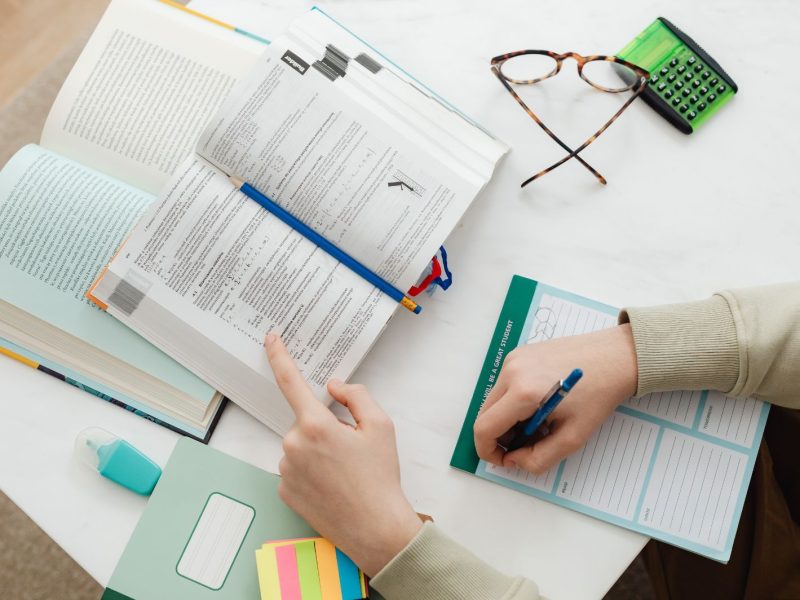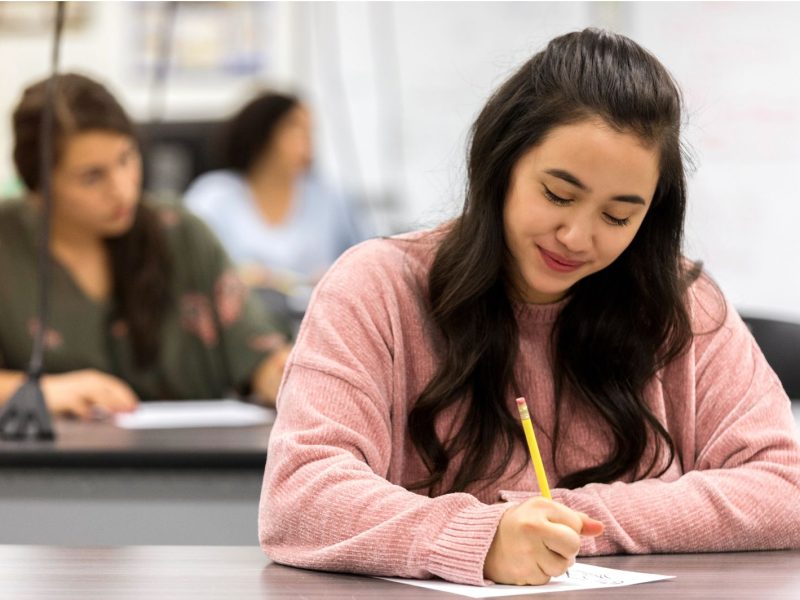Recording lectures is incredibly beneficial for your students. If they can’t make it to class, they can still get the information from the class, which can make it easier for them to succeed. However, if you’re not used to recording lectures, it can seem a little overwhelming to get it all done. Use the following tips to make your videos perfect and ensure the students get as much as possible from them.
Create a Plan Ahead of Time
Always begin with a plan of what you’re going to say and what you want to cover before you record a lecture in a studio. Without a plan, you may forget important points, end up making the video too long if you spend too much time on a specific subject, or end up getting confused about what you’ve covered and what still needs to be covered. Jot down notes that can help remind you what you want to say. You might not need a full script, but you should have something written down to help you plan out the lecture.
Spend Time Practicing What You’ll Say
Take some time to practice the lecture before recording it. Consider where you’ll be standing, the visuals you want to add to the video, and more. This can help you figure out exactly what to say when you’re recording the lecture and can ensure you are prepared, so you don’t end up recording it multiple times trying to get it right.
Choose the Right Location
Where will you be recording the lecture? In the classroom can be a good option, but only if you’re certain you won’t be interrupted while you’re recording. You may want to take time to look at other locations, too. Think about what you might need in a space, like a quiet area without interruptions and good lighting, so you can find somewhere that’s perfect. If needed, make sure the place will be available for use when you want to record.
Set Up Your Equipment and Test It
Make sure you have plenty of time to set up your recording equipment. View through the camera to make sure it’s in the right space, that it can record you clearly, and that the microphone works. Consider shooting a short video to test the equipment. Always do the testing before getting started, even if you’ve used it hundreds of times before. If you skip testing the equipment, it’s more likely that something will go wrong while you’re recording the lecture, which can lead to a lot of wasted time.
Consider Adding Visuals to the Video
If possible, use editing software to add visuals to your videos. This might include photos that can help explain the material, graphs, short videos that you think will help the students, and more. Almost any visuals can be included in the video to ensure your students are paying attention, engaging with the content, and remembering what you’re teaching them.
If you’re planning on recording your lectures to benefit your students, take some time to make sure it’s done right. Perfecting your lecture video takes just a few steps, but those steps can bring the video from a poorly done one that’s difficult to understand to one that will truly enhance your students’ knowledge of the topic you’re covering.



